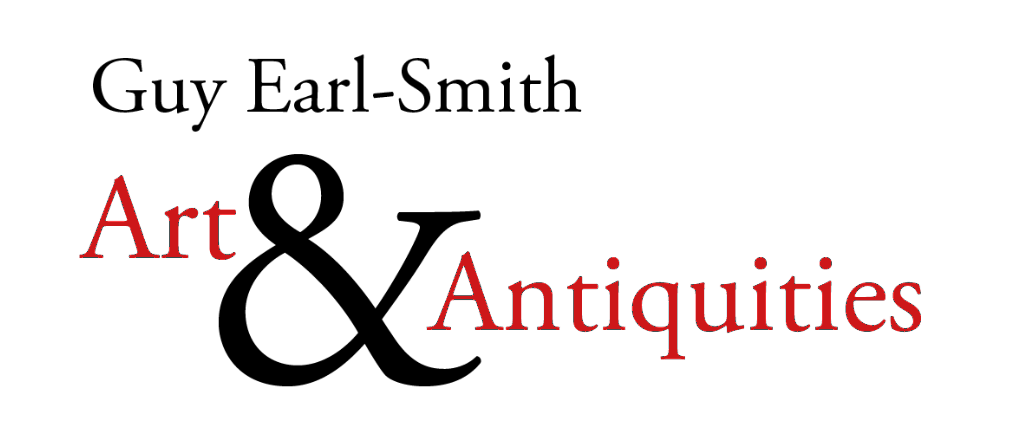
GUY EARL-SMITH ART & ANTIQUITIES
ANTIQUITIES SALES Valuations & APPRAISALS
If you are looking for advice on buying or selling a work of art from antiquity, but not sure where to begin then a discussion with our specialists is a great place to begin.
Whether you are looking to buy or sell, wishing to begin a collection or add to an existing collection, or have a work of art from antiquity you would like identified, we are available to meet with you to discuss your requirements.
Works of art from antiquity cover an enormous variety of periods of history and regions. Some of the great sites of antiquity include:
Southeast Asia with its incredible stone carvings and bronze work from Cambodia, Khmer, Thai, Burma, Laos, and Vietnam;
The Indian Subcontinent and the Himalaya: where we see masterpieces of Buddhist, Hindu and Islamic art which include intricate stone carvings and finely-detailed bronze sculptures;
The Indus on the northwest frontier of India with its figurines and finely fashioned and beautifully painted pots of terracotta;
The Kingdom of Gandhara at the intersection of northwest Pakistan and northeast Afghanistan on the prosperous Silk Road.
Classical antiquity of Egypt, Greece and Rome which provide some of the most recognisable and iconic works of art, then there is
China with its cloisonne, stone sculptures of basalt and jade, terracotta sculptures, porcelain wares, silk paintings, and works on paper, to name a few of the vast mix of Chinese art created over the centuries.
The appraisal process
An appraisal or discussion about selling a work of art from antiquity begins with either actually viewing the work or providing photographs of it.
If we are not able to view the actual work for any reason, then it is useful to provide a selection of photographs that show the work in as much detail as possible. These photographs might include front, side, rear and underside angles. It can sometimes be difficult, but try to capture as much detail of the texture, patina or true colour. A good way to capture these elements is to photograph the item in natural daylight – in the shade as opposed to full sun.
Provenance
Another critical element of the appraisal is for you to provide us with details of the provenance of the work. For example, information about its history where and when the work was acquired.
This may be detail such as that you purchased it from a dealer or shop in Australia or overseas. You may have purchased it overseas from a market, in which case some detail of that time and place is useful. Alternatively, you may have had the work of art in your family for many years. If that is the case then we suggest trying to ascertain as much detail as possible from family members about where it was acquired.
Provenance is one of the key factors in working out the potential value of an item, so the more information you have, the better.
Buyer's agent
Alternatively, you may be searching for a particular work of art from antiquity but having trouble finding it. A good way to begin is to find a photograph of a similar item online and either send us the image or drop in to discuss what you are looking for in more detail.
Due to our many years in the business, we have a great number of contacts that we are able to call upon to let them know we have a potential buyer for a work of tribal art they own. Think of us a little like a buyers agent in this scenario.
Open days
Each Tuesday we are open for you to bring in your tribal art or works of art from antiquity for appraisal, or to discuss new acquisitions you might be considering or searching for. These meetings are confidential and by appointment only. This ensures that you receive dedicated time to ask questions and discuss your collecting requirements with our appraisers.
To book an appointment with our appraiser to discuss Antiquities or Tribal Arts call:
Guy Earl-Smith on +61 2 9326 1028
Alternatively, please click below to request a callback. Simply enter your name, number and a suitable day and time for us to return your call.
